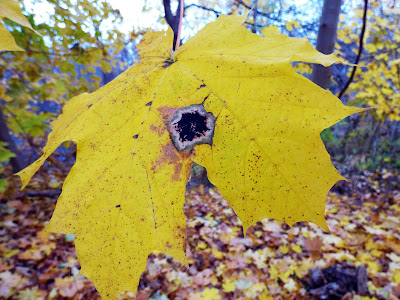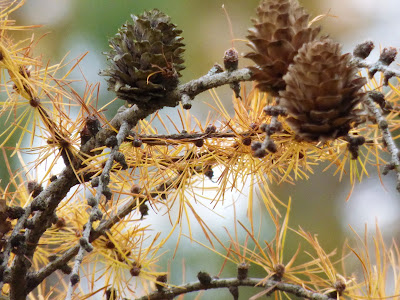
Nature News: Tar spot fungus showing up on maple leaves By Sue Pike yorkweekly@seacoastonline.com/The York Weekly/Portsmouth Herald/Exeter Weekly/Fosters Dailly Democrat Tar spot on sugar maple leaf photo by Sue Pike There are mushrooms and then there are fungi, essentially the same thing (mushrooms are the reproductive parts of fungi), but while we humans think mushrooms are cute and give them fanciful names like toadstools or pixie rings, a large number of fungi go unnoticed or unrecognized. Or even worse (if you are a fungi who takes umbrage at human misunderstandings) many fungi are considered to be diseases. Athlete’s foot for example - a fungi just trying to survive on human feet. Or the tar spot fungus that is showing up on many of the brilliant yellow maple leaves this fall. Most of the sugar maple leaves in my neighborhood are dotted with these tar spots; my neighbors were ...


